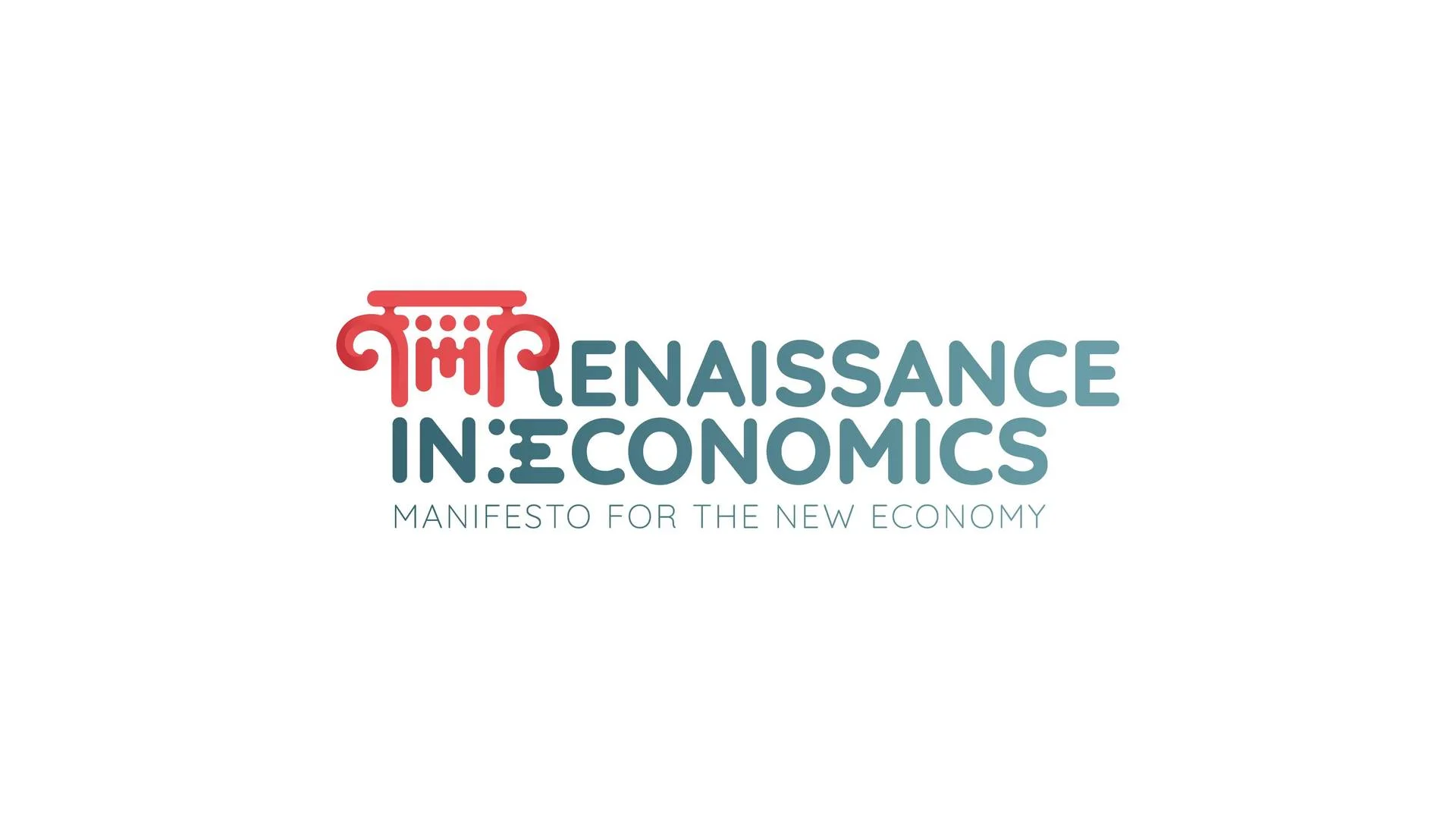Economics Terms A-Z
Consumer Theory
Read a summary or generate practice questions using the INOMICS AI tool
Also known as consumer choice, this term refers to the study of how and why people spend their money based on their preferences. This involves analyzing how they maximize the utility of their purchases while working within budget constraints.
In order to examine people’s utility-maximizing behavior, a few assumptions must be made. First, economists assume that people are rational and seek to maximize their personal utility functions. We also assume that their preferences are consistent and do not change over time. This means that people will behave in a sensible and predictable way.
Next, economists often assume that there are diminishing marginal returns. In the consumer theory context, this means that people enjoy something less as they accumulate more of it, which is usually the case. The first pizza you buy will probably bring you a good amount of utility; the fifth, not quite so much. In the case where we’re discussing utility functions, we call this diminishing marginal utility.
Fully analyzing utility functions requires the use of mathematical models. Some of the common, core assumptions in consumer theory when deriving equations are:
- Consumers have perfect information: This assumption states that consumers have complete information about their options, so they can always make the best choice possible for themselves given their budget. Thus people always know how good a new food will taste, how well a new device will work, and how much fun a vacation to a new country will be.
- Consumers are price-takers. That is, they do not try to negotiate or otherwise change the price or quantity parameters they face.
- Prices are linear. This means that the price for each unit of a good does not change as more of the good is purchased. No bulk discounts here.
- Goods are divisible. This simply means that it is possible to purchase a fraction of a good, i.e. 2.5 cars. This assumption mainly serves to simplify the mathematical work for economists.
These assumptions can be modified slightly for different scenarios without changing the major takeaways of consumer theory. For instance, the perfect information assumption can be relaxed, and peoples’ maximization problems updated accordingly, but many of the key learnings remain the same.
As another example, non-linear price structures and indivisible goods can be considered with slight modifications to the equations used. But again, the main takeaways are not changed very much in this case.
As a side note, there are other fields of study where these assumptions are more deliberately challenged to improve economists' models. Behavioral economics is one such field. Psychology and other social sciences can give further insights too. These studies of human behavior lie at the heart of how consumers make choices in reality; every consumer is, after all, only human!
Getting back to consumer theory, what are the main takeaways? Much like with market equilibrium, consumers will achieve maximum utility where the marginal benefit per unit of money spent on a good is equal for all goods purchased by the consumer. This is the point where the marginal rate of substitution is equal for all goods consumed
To see why this is, imagine that a consumer is at a point on their budget line where the marginal utility of one good (oranges, for example) is greater than the other (apples). This consumer could achieve a higher utility by buying one more orange, for which they will give up a number of apples. Thus, they reach a higher utility without increasing their overall budget.
Due to the assumption that goods are purchasable in any quantity (not just integer amounts), the prices of these goods don’t matter in this example. The consumer can buy one tenth of an orange and give up a whole apple to do so, or whatever the pricing situation may be, and still achieve the same outcome.
Microeconomics courses will often present mathematical problems from consumer theory that ask you to solve a Lagrangian optimization problem in order to maximize a utility function. These problems are solved using derivatives. To learn more about solving these types of consumer theory problems, see the linked articles.
Good to Know
Consider an individual’s preferences for oranges compared to all other goods. Given their budget constraint and their preferences, we can use a utility maximization equation to solve the question of how many oranges this individual will purchase at any given price for oranges, ceteris paribus.
Now, we can go ahead and solve this same problem for every other consumer in the economy. If we do this, and then add the results for all individuals together, we will generate the entire demand curve for oranges in this economy!
Hopefully this example demonstrates that consumer theory is an important piece of microeconomics and lies at the heart of economic theory. For this very reason, many introductory microeconomics courses focus on utility maximization problems and how to use Lagrangian methods to solve them.
-
- Conference
- Posted 2 weeks ago
45th RSEP International Multidisciplinary Conference
Between 4 Feb and 5 Feb in Lisbon, Portugal
-
- Conference
- Posted 1 week ago
MIRDEC 26th MADRID 2026 Conference
Between 28 May and 29 May in Madrid, Spain
-
- Workshop, Conference
- Posted 1 week ago
Call for Papers: 3° International Conference Renaissance in Economics 2026
Between 14 May and 15 May in Rome, Italy















